'If it speaks to you, it will find its place' – 5 easy tips for starting a collection of antiques and vintage pieces, suggested by experts with years of experience
Whether you're a fan of antique pottery or vintage art, these 5 designer-approved tips will help you build a lasting collection that will create impact and stand the test of time
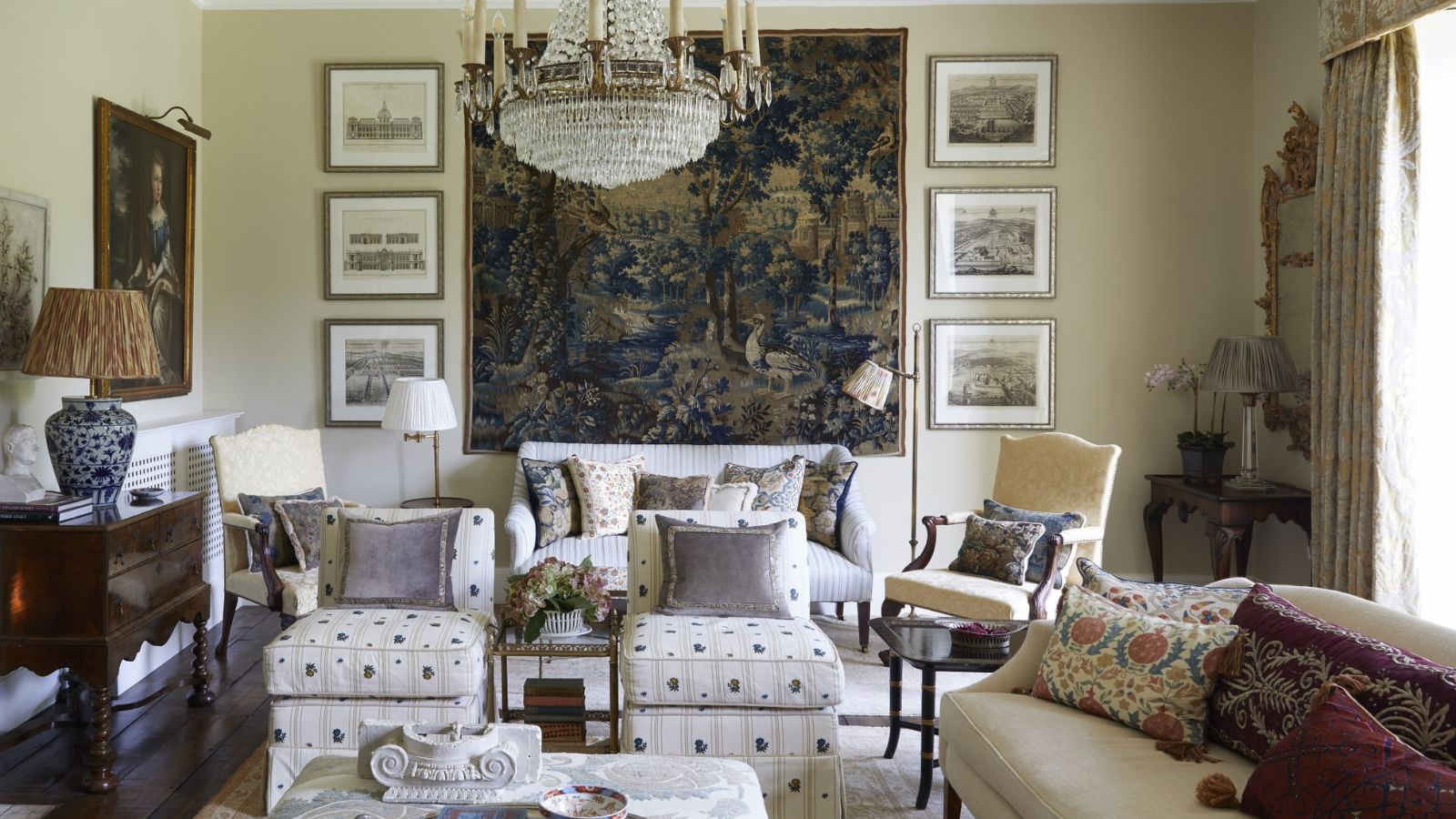
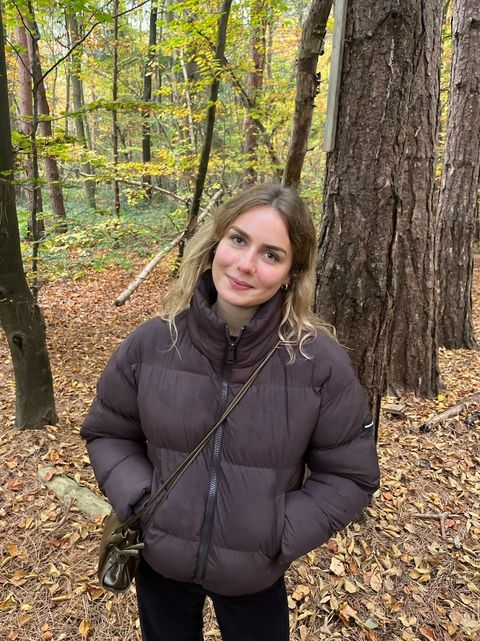
I love shopping for antiques and vintage pieces, the thrill of digging through rooms filled to the brim with pieces and coming out with something you really love and you know is unique. I have picked up much furniture and decor over the years, but what I really want to achieve is a true collection, and build it with purpose.
Up until right now, my antique decor shopping has felt a little random, which is no bad thing, but I would like to start something I can call a collection, rather than a selection of things I am drawn to.
Whether decorating with antiques or decorating with vintage, a collection is wonderful way to ensure your home has character, and really reflects the people who live in it. But knowing where to start isn't always clear. How many pieces are enough? Can I mix and match different pieces in a collection? How do I display my hoard?
So, to help me feel confident that I am heading in the right direction to build out my own collection of antiques and vintage pieces, I spoke with interior designers and vintage lovers with years of collection-building experience. They've all created impressive displays of treasures and say these are the five top tips for creating a collection, no matter your obsession.
1. Start with pieces you genuinely love
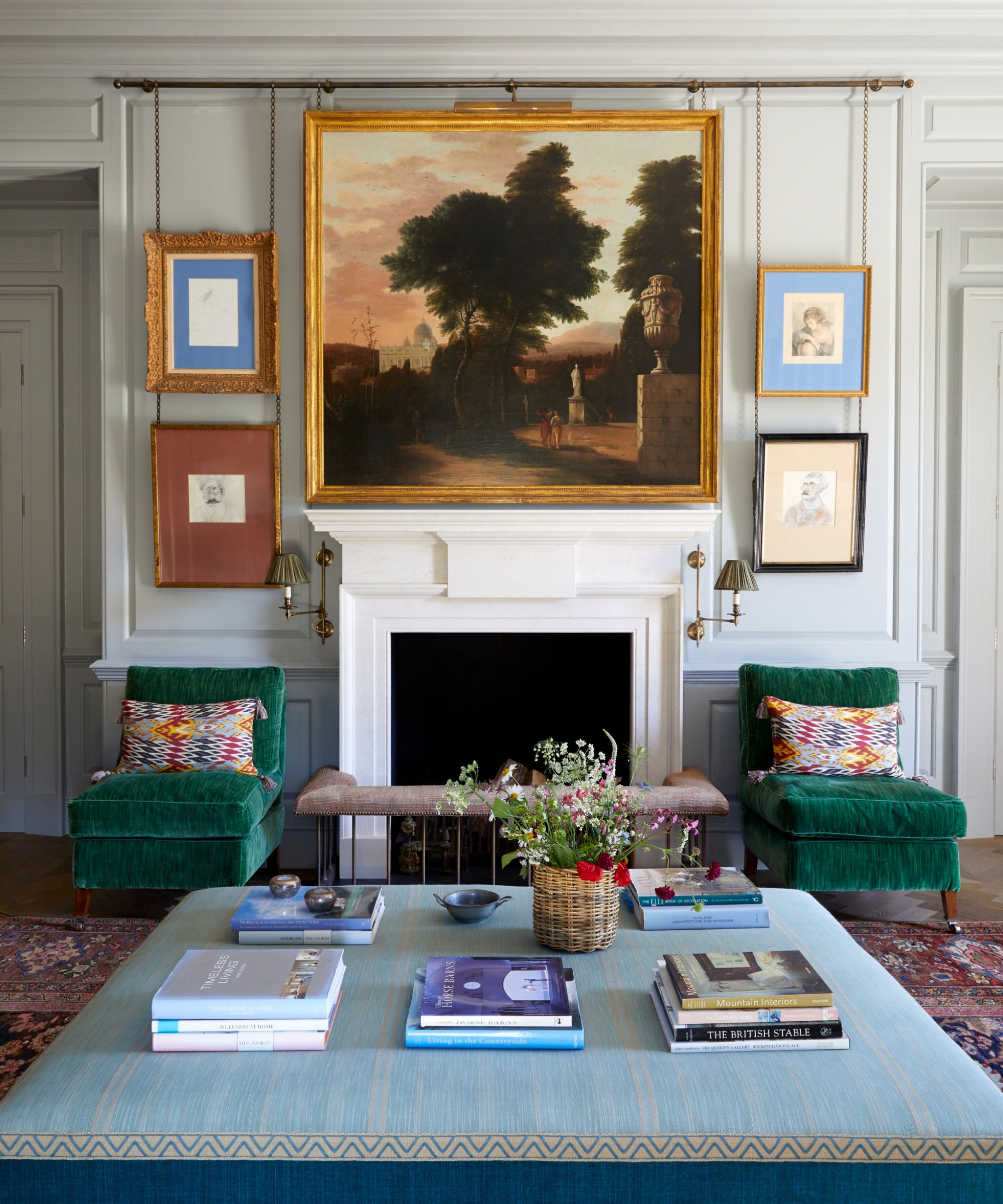
Henriette von Stockhausen, founder of VSP Interiors says, 'Start with pieces you genuinely love – things that bring you joy or hold meaning. Don’t overthink it or try to force a collection to look a certain way based on trends or expectations. The most charming collections evolve naturally and reflect your personality, rather than a pre-defined aesthetic. If it speaks to you, it will find its place – and in doing so, it will add character to your home.'
If you're an art fiend looking to decorate with vintage art, start by building a collection of pieces, opting for your favorite styles or eras. Collection building isn't just for vintage lovers either, you can decorate with art and build a collection of contemporary pieces too. Henriette adds, 'When it comes to art, I usually recommend working with an art advisor. They’re incredibly helpful in sourcing meaningful, unique pieces that not only suit your space but also may offer long-term investment value.'
2. Learn from your shopping experiences
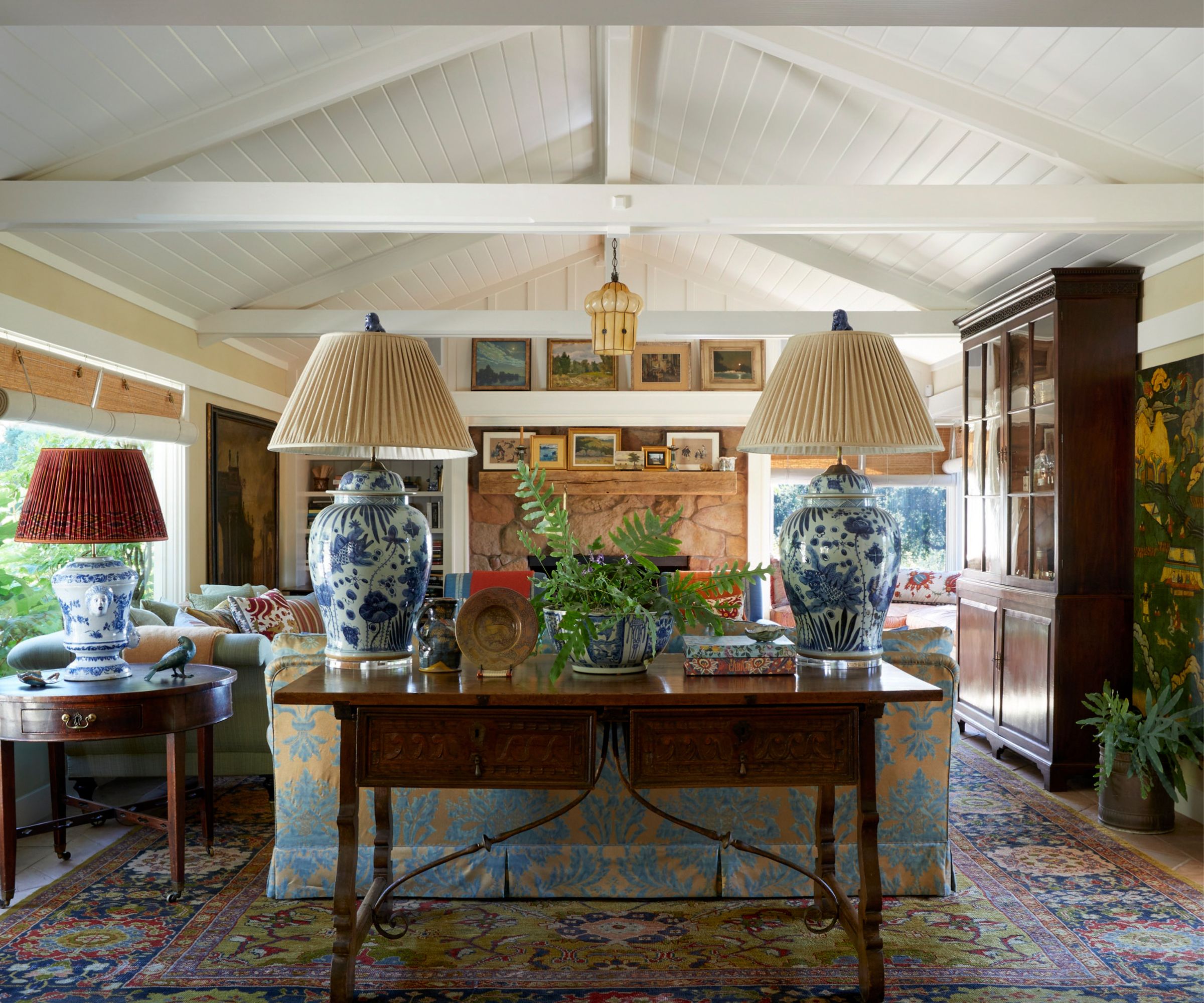
You never know what you'll find in a thrift store, flea market, or estate sale, making it the perfect place to start if you're still unsure of the type of pieces you want to build your collection around. Something is guaranteed to catch your eye, no matter your style.
And usually these spots are more affordable than antique stores, so they are great places to find your feet and work out what kinds of pieces you want to collect, before you start investing in more expensive pieces. While many focus on the most valuable items to buy at an estate sale, it's integral to build your collection around your tastes and interior design style. There may be more collectible pieces out there, but a truly impressive hoard is the result of someone's love and appreciation for a style.
Also, head along to antique auctions, even if you don't plan to pick anything up, they are a great way to learn more about antiques and speak with experienced collectors. Speak with owners of antique stores too, I have usually found they are very happy to chat through my questions with me.
3. Pick pieces you can easily integrate into your home
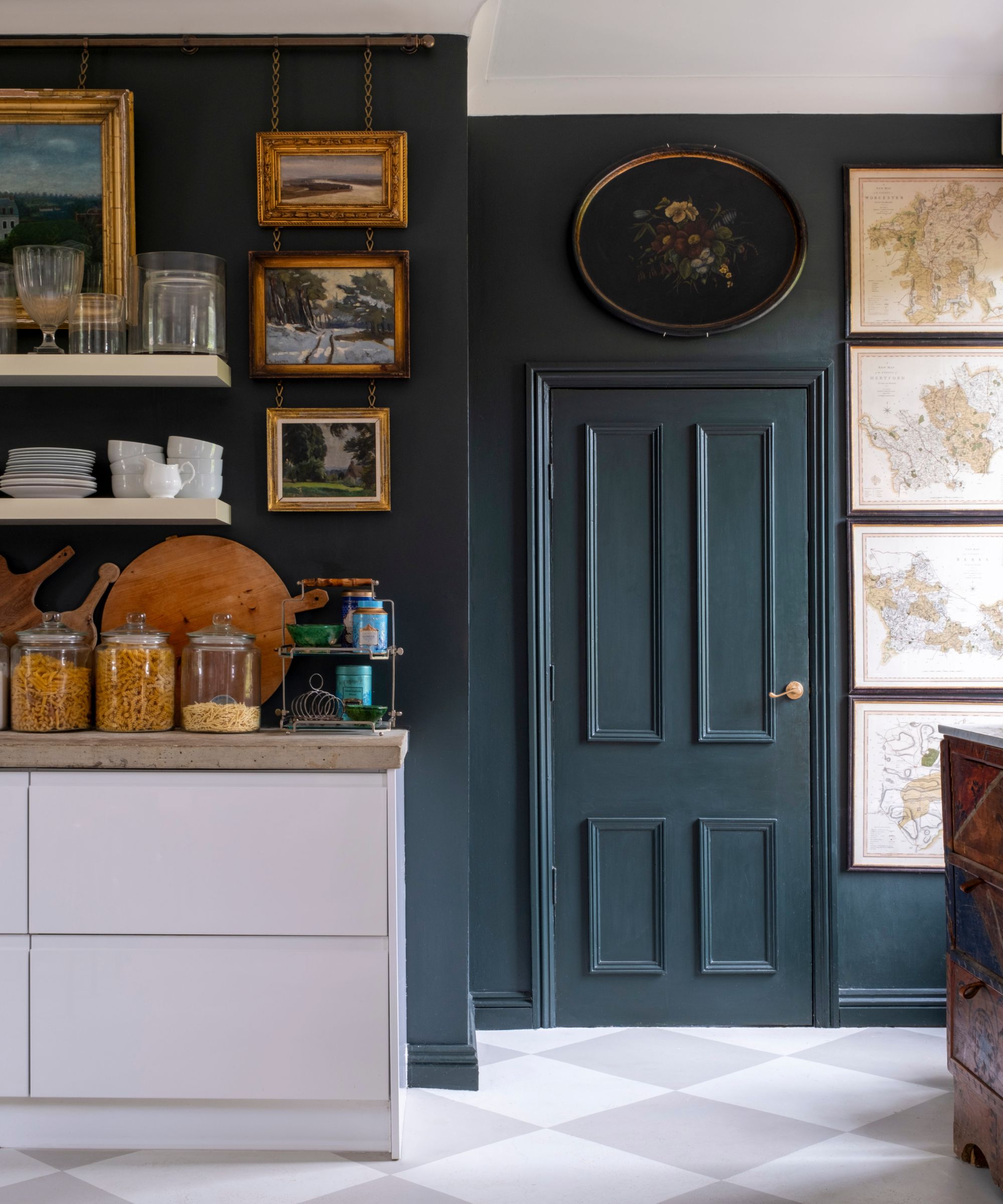
A collection is meant to be shown, you want it give your home personality, so when starting and building your collection ensure that they are pieces you can easily work into the rest of your home's decor and style.
Designer Joanna Wood loves to decorate with vintage ceramics. She says, 'Don't just store things away for best or keep them wrapped in cotton wool (within reason!) – try and integrate your collection into your home in a way that feeds into your everyday enjoyment of it.
'For example, the best pieces of my collection of Majolica ceramics are hung in pride of place on the wall in the kitchen, but I also use some of the less delicate/pretty pieces as part of my summer tableware. Let your collection tell a story while serving a purpose.'
Whether displaying artwork or decorating with books, consider how you will style your collection according to the rest of the room. Emma Sims-Hilditch, Founder and Creative Director at Sims Hilditch suggests, 'When styling a collection, think about how it interacts with your space. Vary heights, group items in odd numbers, and play with texture, tone, and scale to create visual interest. Open shelving, glass-front cabinets, or even a modest nook can provide the perfect stage.'
If you're unsure how to display your collection without clutter, consider decorating shelves or filling a cabinet or dresser with your pieces. You'll avoid any heartbreaking breakages by ensuring they're out of the way, allowing them to shine in all their glory.
4. Be inspired by your travels
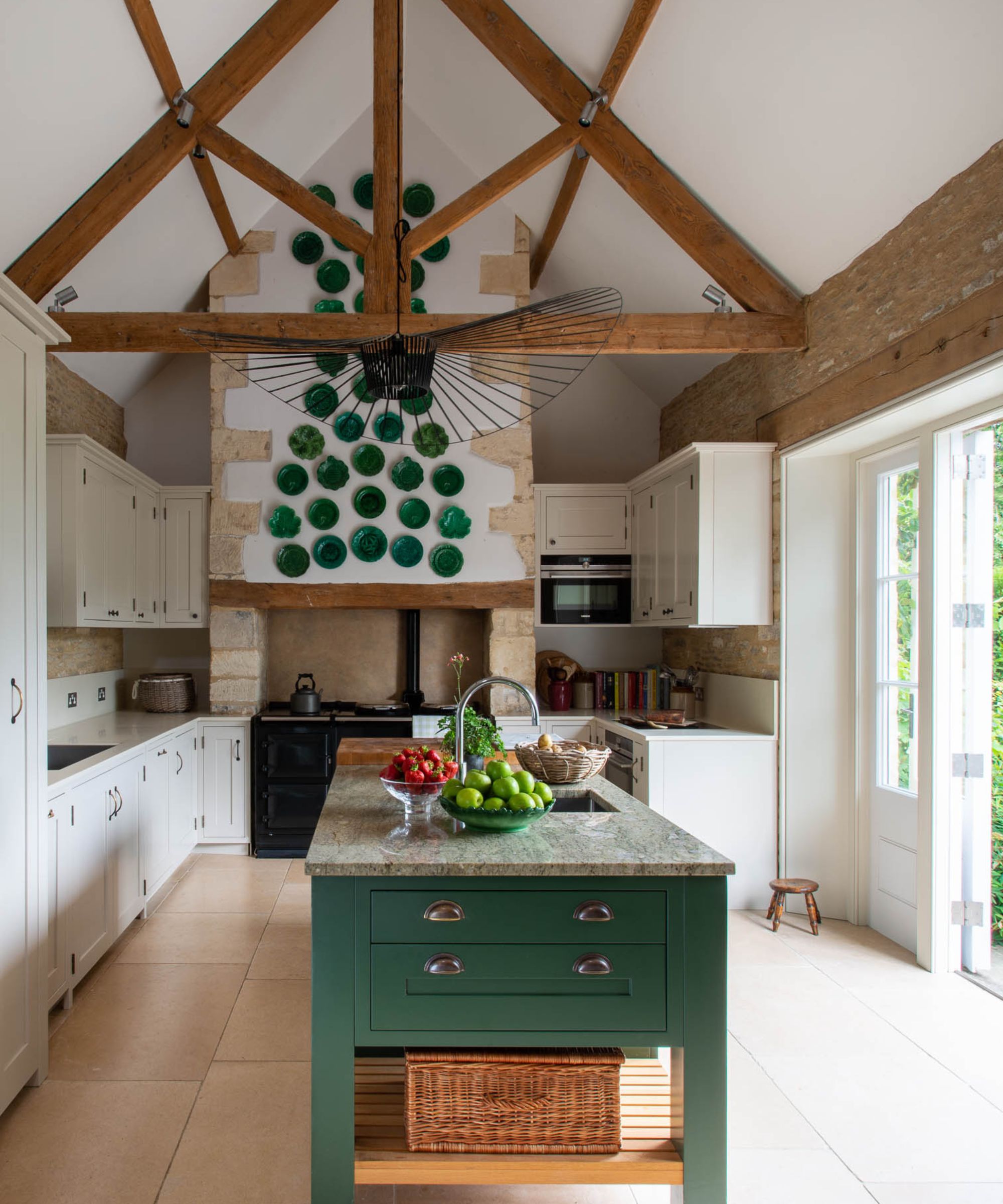
Always let your trips and travels guide you. Having a collection that sparks beautiful memories is one of the many reasons to start a collection in the first place.
Joanna says, 'Keep your eyes open while traveling too – some of my most treasured pieces remind me of the trips I have been on with friends and family, for example, a Tamegrout ashtray is automatically elevated from being merely a pretty ceramic, to a green glazed emblem of the time you nearly got traded for a camel in a souk on a laughter-filled girls trip to Morocco. Collections give a home an intrinsic memory, even if visitors do not know the meaning behind each item, they still get the sense of a life well-lived.'
5. Don't rush
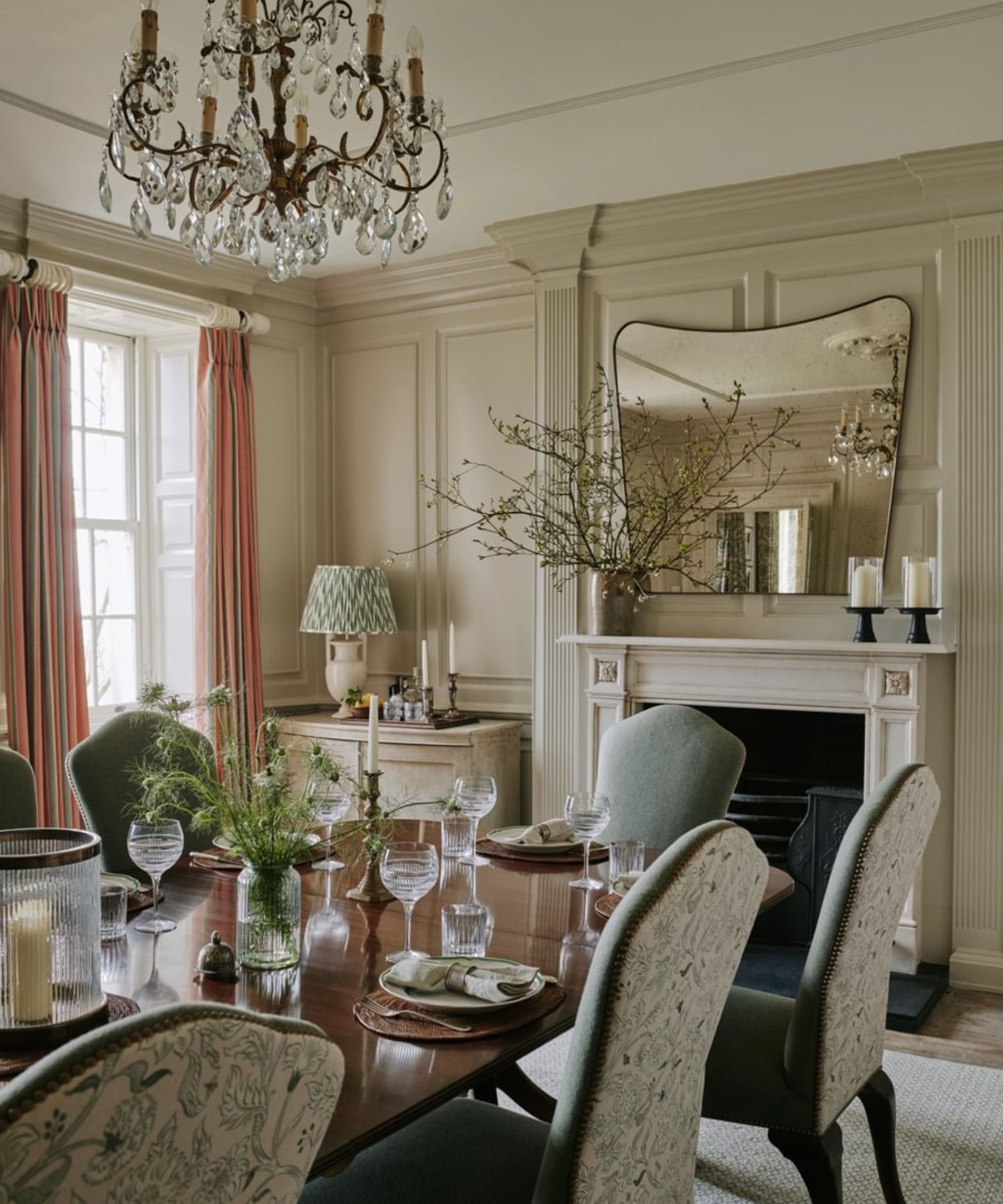
Touching on how to mindfully decorate a home, Emma explains, 'A curated collection of ornaments and trinkets is one of the most personal and characterful ways to bring individuality into your home. Whether it’s books, ceramics, glassware, or textiles, start with what genuinely excites you, things you’re naturally drawn to and wouldn’t mind living with every day. Great collections grow over time, so don’t feel the need to fill every shelf at once. The charm lies in the journey and the stories behind each piece.'
Henriette agrees that building a collection is a long process, a process that could last a lifetime in fact. She says, 'Don’t rush it! Let the house speak to you. Live in it for a while if you can. The best interiors are curated over time – they grow and change with you, and that’s what gives them depth and soul. Your home should evolve with you, and a thoughtfully built collection helps tell that ongoing story in the most beautiful way.'
So, actually, I am already heading in the right direction with building my collection of second-hand finds. Picking up pieces that speak to me, ensuring they work with my current home, and not rushing the process. You can't build a collection overnight, it's something that happens naturally over time, and really there's no right or wrong way to do it.
Sign up to the Homes & Gardens newsletter
Design expertise in your inbox – from inspiring decorating ideas and beautiful celebrity homes to practical gardening advice and shopping round-ups.

I am the Interior Design News Editor at Homes and Gardens, covering mainly US-based designers and trending news stories. My love for interiors began when I interned in an interior design studio, working on commercial and private spaces. My passion grew while working in production, where I sourced beautiful locations for photoshoots and campaigns. Outside of work, I enjoy collecting antique decor and mid-century furniture for my home.
You must confirm your public display name before commenting
Please logout and then login again, you will then be prompted to enter your display name.
-
 This decorative kitchen innovation – inspired by a 2000s color trend – will reshape kitchen design in 2026
This decorative kitchen innovation – inspired by a 2000s color trend – will reshape kitchen design in 2026This ombre kitchen finish caught our attention at the Milan Design Week – here's why we think it will rewrite decorative kitchen design in the future
By Jennifer Ebert
-
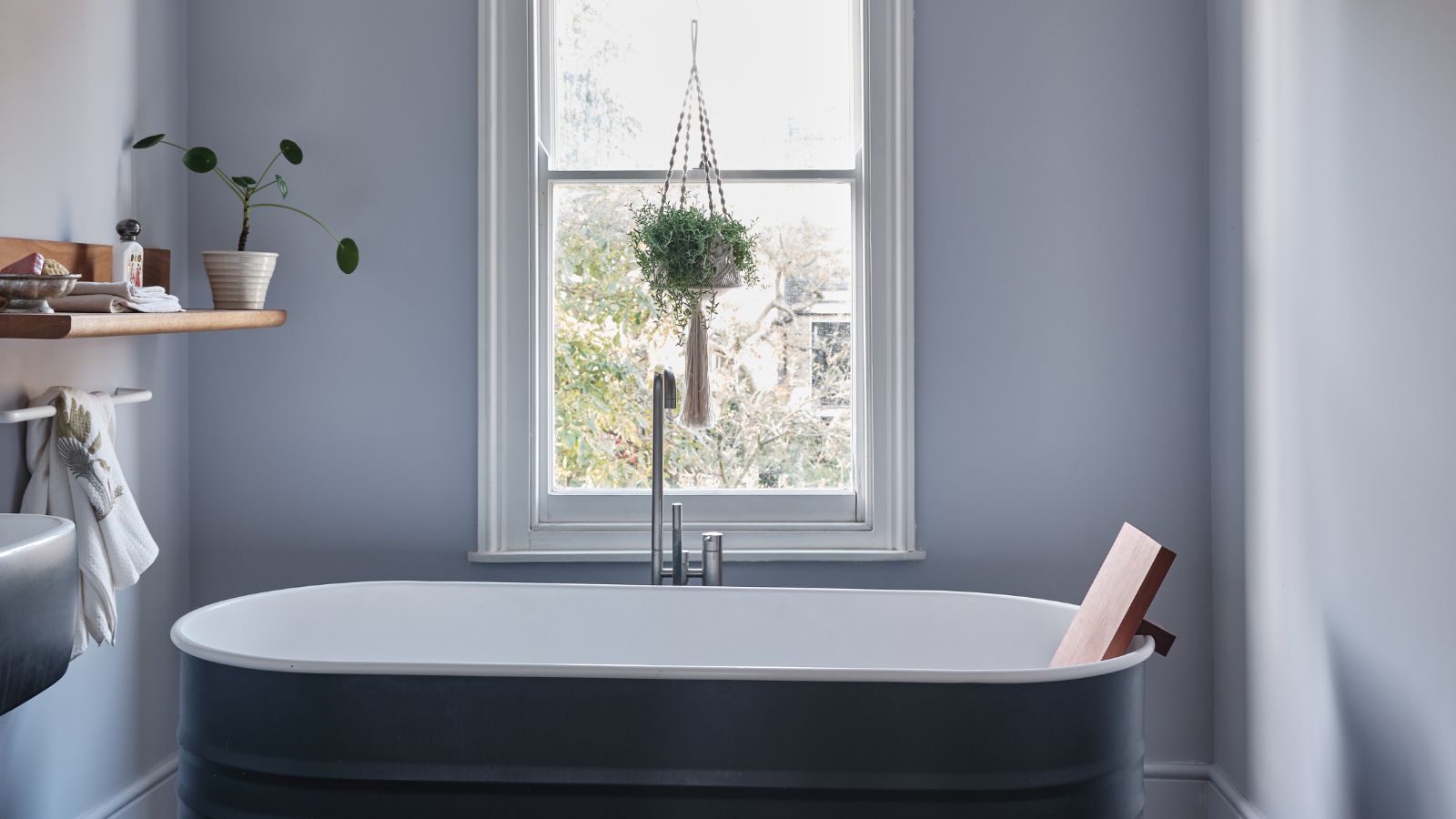 Bathroom colors going out of style in 2025 – and the designer-approved shades to decorate with instead
Bathroom colors going out of style in 2025 – and the designer-approved shades to decorate with insteadThese are the colors to swerve in your bathroom decor if you want to create a stylish and design-led space, according to experts
By Emily Moorman